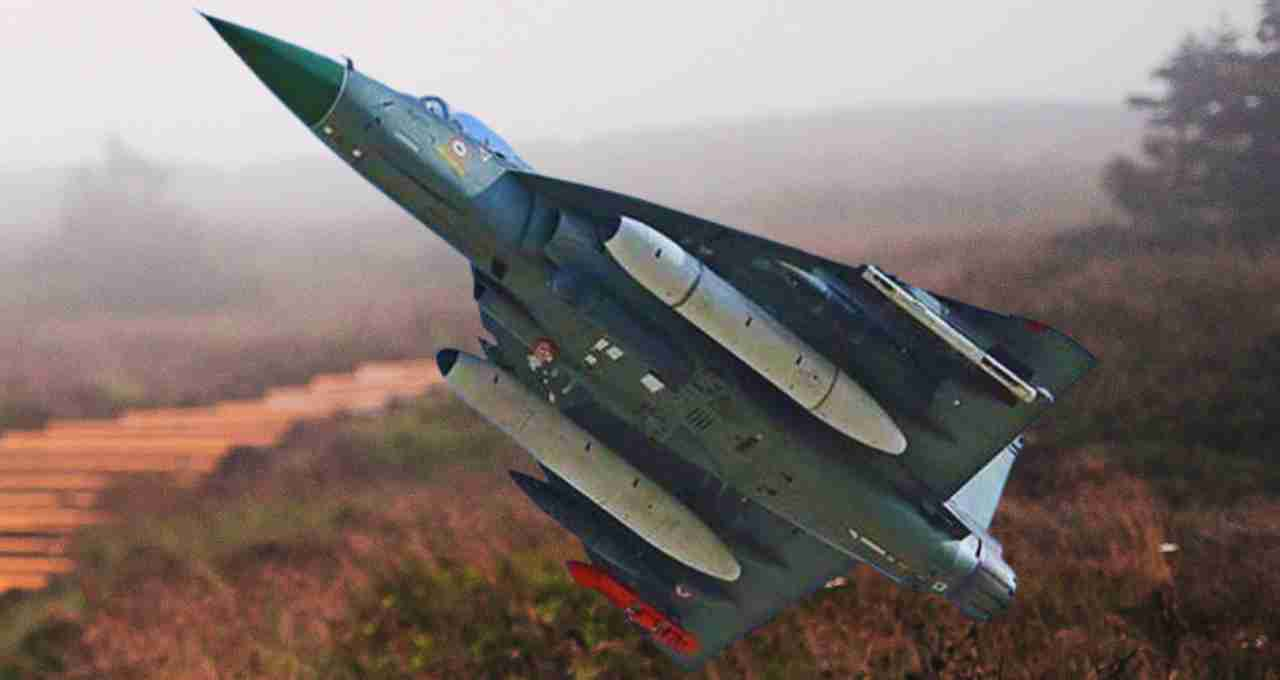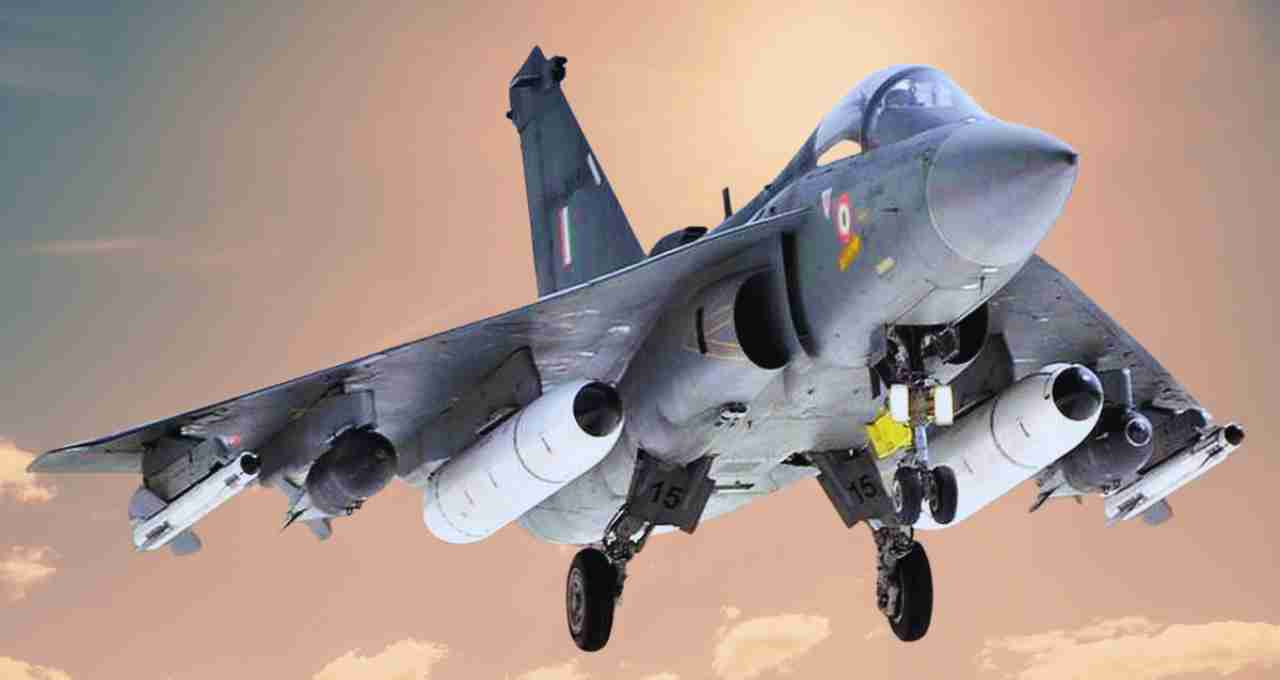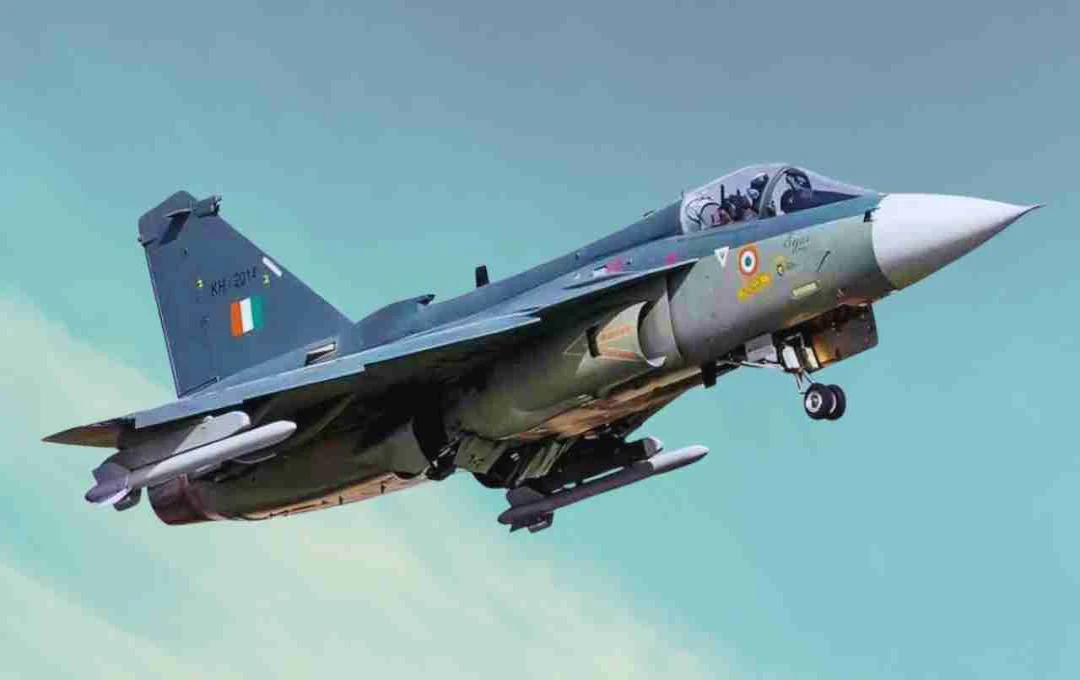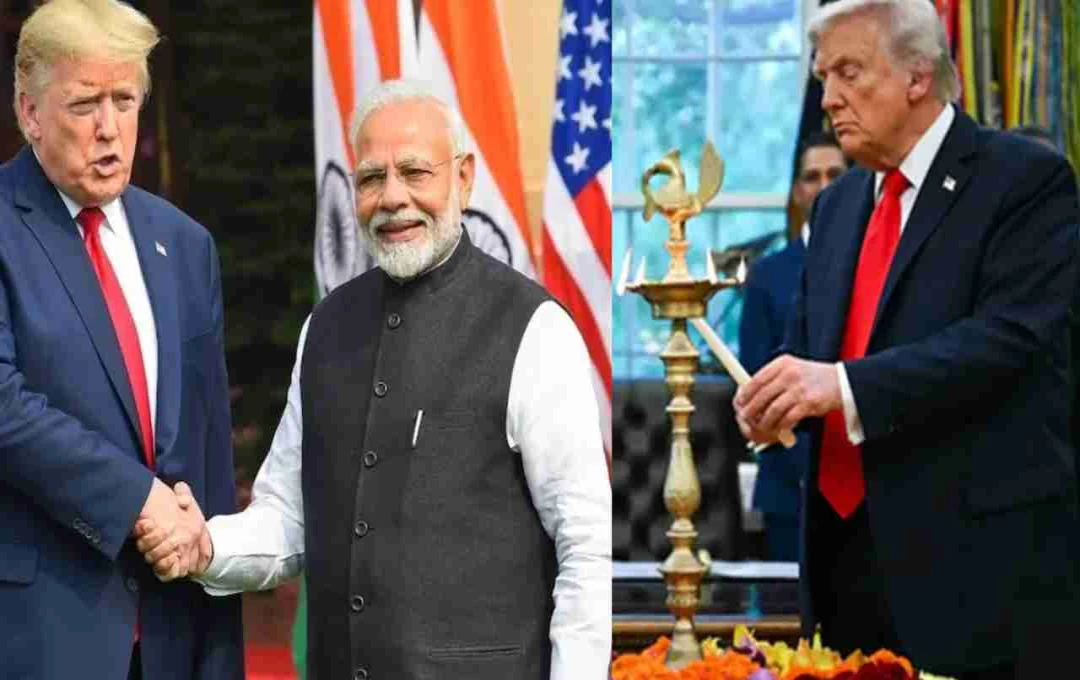The Astra MkII is India's new indigenous air-to-air missile, capable of targeting enemy aircraft at ranges exceeding 160 km. Equipped with advanced radar, ECCM, and dual-pulse technology, it will provide the Air Force with a strategic advantage and self-reliance.
Astra MkII: A major step in India's indigenous missile technology, the Astra MkII air-to-air missile has now entered its final testing phase. This missile is poised to become the Indian Air Force's most reliable weapon system in the future. Considering its range, accuracy, and modern technology, it is considered a significant threat to China and Pakistan.
What is Astra MkII and why is it special?
Astra MkII, developed by India's Defence Research and Development Organisation (DRDO), is a Beyond Visual Range (BVR) air-to-air missile capable of downing enemy fighter jets from a distance of 160 kilometers or more. It is the second-generation missile in the Astra series, which is faster, more accurate, and technologically more advanced than the MkI.
The biggest advantage of the Astra MkII is that it can be easily fitted onto several platforms of the Indian Air Force — such as the Tejas MkIA, MkII, Su-30MKI, Rafale, and the upcoming stealth jet AMCA.
How it works: The power of advanced technology

1. Dual-Pulse Rocket Motor
The Astra MkII is equipped with a dual-pulse solid rocket motor that works in two stages. The first stage quickly launches the missile, while the second stage takes the missile to the target with greater speed and accuracy. This technology makes it comparable to advanced missiles like the AIM-120D of the United States.
2. Active Radar Homing Seeker
The Active Radar Homing Seeker in the missile gives it the ability to identify and track enemy aircraft in real-time. This seeker can also easily bypass enemy Electronic Countermeasure (ECM) like jamming signals.
3. ECCM and Infrared Resistance
The Astra MkII incorporates Electronic Counter-Countermeasure (ECCM) technology, which protects it from electronic jamming and infrared interference. This means that this missile can also defeat the enemy's cunning techniques.
4. Smart Fire Control System
With the help of the digital fire control system and flight management software in this missile, it determines the most appropriate flight path based on the location, speed, altitude, and direction of its target. This entire process takes place in milliseconds.
Which fighter jets will be equipped with Astra MkII?

- Tejas MkIA and MkII: India's indigenous fighter jet Tejas is now being equipped with advanced weapons. The MkIA is already deployed in the Air Force and the MkII is being developed. Adding the Astra MkII to both versions will significantly increase the strike capability of these aircraft.
- Su-30MKI: The Indian Air Force's most trusted and powerful fighter Su-30MKI will also be equipped with Astra MkII. This aircraft is already equipped with several air-to-air missiles, but the Astra MkII will make it even more dangerous for future aerial battles.
- Rafale: Rafale currently uses the Meteor missile, but the integration of Astra MkII will increase its logistical independence and allow India to rely on its own missile.
- AMCA: The Astra MkII will also be integrated with India's future stealth jet AMCA. This missile can be fitted into the AMCA's internal weapons bay, maintaining its stealth capability.
Strategic advantage and self-reliance
The Astra MkII is a major success of India's 'Make in India' and 'Atmanirbhar Bharat' initiatives. Its induction will not only increase the country's strategic capabilities but will also reduce dependence on foreign missiles. This means that India can now build and deploy modern weapons on its own.
Testing and future plans
So far, the Astra MkII has been successfully tested in various difficult conditions—such as captive flight, separation trials, guidance tests, and motor firing. The next phase is live firing tests, which will be conducted on drone targets.
If these tests are also successful, the Astra MkII could be officially inducted into the Air Force by 2026.











